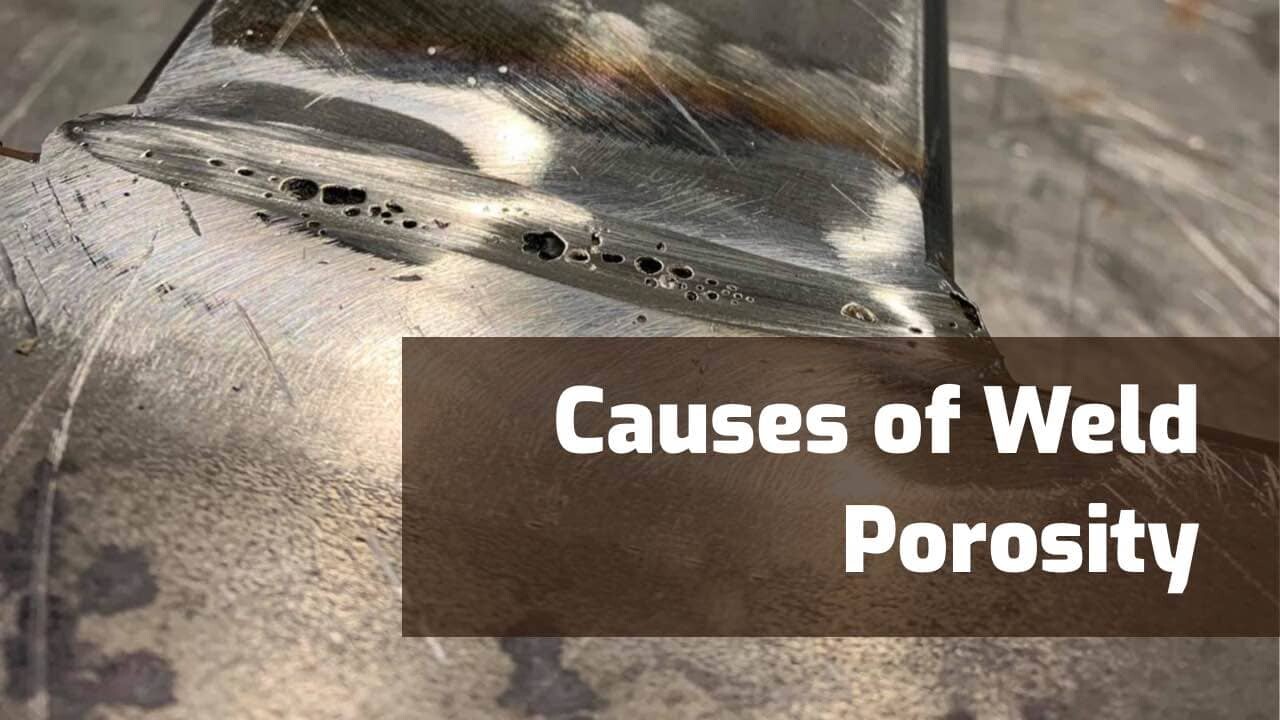What is Porosity in Welding: Recognizing Its Reasons and Enhancing Your Skills
What is Porosity in Welding: Recognizing Its Reasons and Enhancing Your Skills
Blog Article
Recognizing Porosity in Welding: Checking Out Reasons, Results, and Prevention Techniques
As specialists in the welding sector are well aware, comprehending the causes, results, and prevention techniques associated to porosity is critical for achieving durable and trusted welds. By delving right into the origin creates of porosity, analyzing its detrimental impacts on weld top quality, and discovering effective prevention techniques, welders can boost their knowledge and skills to produce premium welds continually.
Common Reasons For Porosity
Contamination, in the type of dust, grease, or corrosion on the welding surface, produces gas pockets when warmed, leading to porosity in the weld. Inappropriate protecting takes place when the shielding gas, frequently used in processes like MIG and TIG welding, is unable to completely protect the liquified weld swimming pool from reacting with the surrounding air, resulting in gas entrapment and succeeding porosity. Additionally, insufficient gas insurance coverage, typically due to wrong flow rates or nozzle positioning, can leave parts of the weld unguarded, permitting porosity to form.
Impacts on Weld Top Quality
The presence of porosity in a weld can significantly jeopardize the general top quality and integrity of the bonded joint. Porosity within a weld produces gaps or cavities that damage the framework, making it much more prone to fracturing, deterioration, and mechanical failure. These spaces work as stress and anxiety concentrators, reducing the load-bearing capability of the weld and enhancing the chance of premature failure under applied tension. On top of that, porosity can also work as possible websites for hydrogen entrapment, more exacerbating the deterioration of the weld's mechanical residential properties.
Moreover, porosity can impede the performance of non-destructive testing (NDT) methods, making it challenging to spot various other issues or suspensions within the weld. This can result in significant safety and security problems, especially in crucial applications where the structural honesty of the welded parts is vital.

Avoidance Techniques Review
Given the destructive influence of porosity on weld quality, effective prevention techniques are crucial to maintaining the structural integrity of welded joints. Additionally, picking the suitable welding specifications, such as voltage, present, and travel speed, can aid minimize the danger of porosity formation. By integrating these prevention techniques into welding techniques, the incident of porosity can be substantially minimized, leading to stronger and much more reputable welded joints.
Value of Appropriate Protecting
Appropriate protecting in welding plays a vital function in preventing atmospheric contamination and ensuring the honesty of bonded joints. Protecting gases, such as argon, helium, or a mixture of both, are typically utilized to safeguard the weld swimming pool from responding with elements airborne like oxygen and nitrogen. When these responsive components enter call with the warm weld swimming pool, they can create porosity, causing weak welds with decreased mechanical residential properties.

Poor protecting can cause various flaws like porosity, spatter, and oxidation, endangering the structural integrity of the welded joint. Consequently, adhering to proper securing methods is necessary to produce high-grade welds with very little issues and ensure the long life and dependability of the bonded elements (What is Porosity).
Tracking and Control Techniques
Just how can welders successfully monitor and manage the welding procedure to make sure optimum results and prevent defects like porosity? One trick technique is with using sophisticated tracking modern technologies. These can consist of find more info real-time monitoring systems that offer comments on parameters such as voltage, existing, take a trip rate, Web Site and gas circulation rates. By constantly checking these variables, welders can identify deviations from the optimal problems and make prompt adjustments to stop porosity development.

In addition, implementing appropriate training programs for welders is crucial for keeping an eye on and managing the welding procedure efficiently. What is Porosity. Educating welders on the relevance of preserving regular criteria, such as proper gas securing and take a trip speed, can help prevent porosity concerns. Regular evaluations and accreditations can likewise ensure that welders are skilled in monitoring and managing welding processes
Moreover, using automated welding systems can boost surveillance and control capacities. These systems can precisely manage welding specifications, decreasing the probability of human mistake and making sure regular weld top quality. By incorporating sophisticated surveillance modern technologies, training programs, and automated systems, welders can successfully keep track of and control the welding process to lessen porosity issues and accomplish high-quality welds.
Final Thought

Report this page